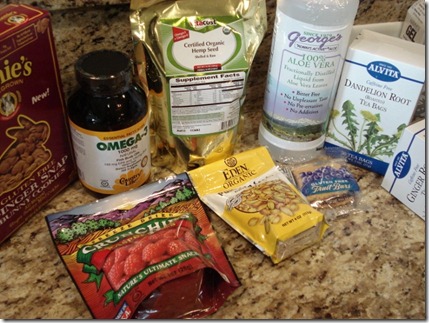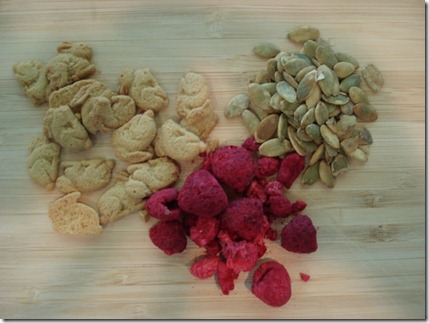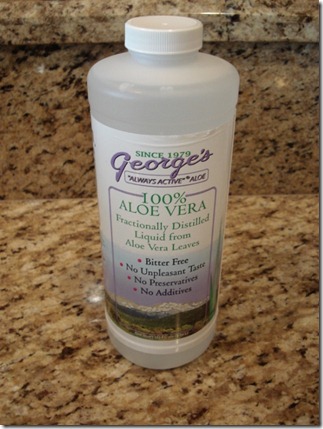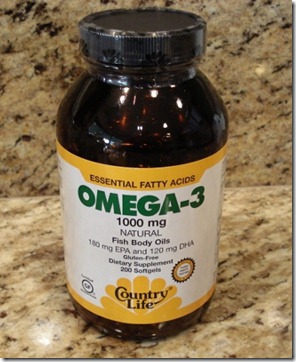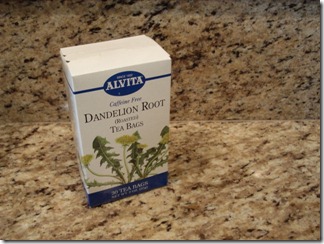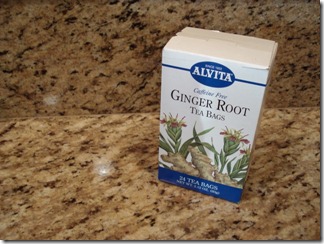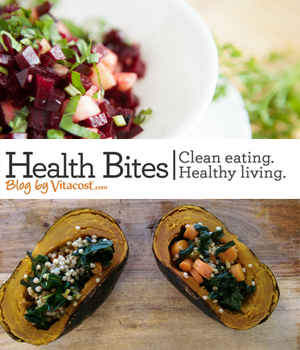Great Products From Vitacost.com!
Vitacost.com contacted me and asked if I would like to review a bunch of products of my choosing. This is a HUGE honor for me, I love Vitacost.com!! I am thrilled to share with you what I selected and my personal review. I hope this helps you determine new products to try. I chose a variety of items from snacks to tea as well as supplements.
Disclosure of material connection: Vitacost provided me with free samples of these products to review. All opinions expressed here are completely my own.
Vitacost Certified Organic Hemp Seeds:
Hemp seeds are nutrient packed little seeds that look like teeny hearts. In fact, they are great for heart health with their Omega-3 fatty acid content. They are an excellent source of Calcium (25%), Iron (25%), Phosphorus (43%), Magnesium (48%), and Zinc (22%). These are important nutrients for your heart, bones, joints, skin, and immune system. I often pair these with dried goji berries or use in smoothies in place of protein powder. I made a fantastic hemp seed pesto the other day with fresh basil I grew on my patio. Hemp seeds can be sprinkled on salads, whipped into hemp seed butter, spread on toast with honey. There are many ways to enjoy these nutritional gems.
Eden Organic Pumpkin Seeds, Dry Roasted:
Pumpkin seeds are a wonderful alternative to nuts. They are rich in Magnesium (50%), Phosphorus (20%), Zinc (15%) and a good source of Iron (10%). A 1/4 cup serving provides 10 grams of protein, 5 grams of fiber, no sugar, and 16 grams of healthy fats. I like to make pumpkin seed butter or eat with Annie’s ginger snap bunnies. Women can reach for pumpkin seeds for a dose of magnesium – an essential nutrient for pregnancy, hormonal balance, bone health and heart health.
Freeze Dried Raspberry Crunchies:
These are delicious and simply freeze dried raspberries, no other ingredients! They naturally do not contain any sugar, but do have 3 grams of fiber per 1/4 cup serving along with 20% Vitamin C. Pretty great for 25 calories. The freeze dried method removes water without adding sugar, unlike typical dried fruits which tend to be quite high in sugar. This is great for diabetics or those watching their sugar intake. Great to sprinkle on top of oatmeal, cereal, toss into my favorite bunny mix (see below) or on a fresh salad.
Annie’s HomeGrown Gluten Free Ginger Snap Bunny Cookies:
These gluten free ginger snap mini bunnies are crunchy and have a light ginger flavor. I like to eat a handful of these for crunch alongside a creamy green smoothie. They are also great to create what I call bunny mix with pumpkin seeds or nuts with dried fruit or freeze dried fruit. Bunny mix is a great snack to bring on the go when running errands or when you travel. These bunnies are gluten free, made with rice and corn flour. No artificial ingredients or preservatives are added and the bunnies are made in a peanut free and tree nut free facility for those with allergy concerns. These are not whole grain, there is only 1 gram of fiber per serving, that’s why I like to pair with seeds and dried fruit or smoothies. They are also great to sprinkle of top of oatmeal or coconut milk ice cream ![]() .
.
Bunny Mix: Annie’s Homegrown GF Ginger Snap Bunny Cookies, Eden Organic Pumpkin Seeds, and Freeze Dried Raspberry Crunchies!
Betty Lou’s Gluten Free Fruit Bars:
These remind me of old school Nutri-Grain Bars I used to eat as a kid. However, Betty Lou goes the extra mile and uses a lot of real fruit – it’s bursting at the seams with blueberry filling! What this lacks is artificial flavors, food dyes (Red 40 and Blue 1), and corn syrup (most likely GMO), which makes me happy. Gluten free oats and gluten free flours along with blueberry filling made with real blueberries along with apples and sweetened with fruit juice concentrate deliver a moist and delicious fruit bar. It’s low in fat and contains 5 grams of fiber. The sugar count is a little high at 23 grams, mostly from the fruit juice concentrate, blueberries, and apples. This is a wonderful treat for afternoon tea or after dinner dessert. You could even enjoy for breakfast with a handful of nuts or nosh on pre-run. I loved the blueberry, I’m sure the other varieties (apple, apricot, strawberry, cherry) are just as divine.
George’s Aloe Vera Water:
Aloe Vera Water typically has a very bitter taste, but George’s Aloe removes the components of the plant that are bitter for a smooth more pure flavor. George’s Aloe is great for cooling the body, reducing inflammation, and calming stomach acid and reducing reflux. You can enjoy 2 ounces in the morning and 2 at night. This is especially great in the summer time or when you are experiencing high stress. I like to add a couple drops of liquid Chlorophyll for an enhanced alkalizing effect.
Country Life Omega-3:
We are all encouraged to eat more fatty fish for the healthy Omega-3 fats. These days there are many concerns about the sources of fish and what contaminants we may be ingesting along with our fish dinner or perhaps you don’t eat fish often enough. Country Life brand delivers 1000mg of Omega-3 fatty acids: 180mg EPA and 120mg of DHA. This is a moderate dosage, recommendation ranges are based on each condition. Fish oil is beneficial for many conditions including: high blood pressure, ADHD, stroke, kidney problems, osteoporosis, and menstrual pain.
This product is molecularly distilled and third party tested so you can feel confident about the purity and safety of this supplement. Country Life Omega-3 is GMP Certified and Gluten Free. No wheat, corn, yeast, gluten, milk, preservatives, or artificial flavors are added to this product. As always, please discuss with your doctor before taking any supplements. Do not take if you are allergic to fish.
Alvita Dandelion Tea:
I consider myself a tea drinker and Alvita brand teas are my favorite. Dandelion tea has a rich flavor, similar to coffee, so if you want to cut back on coffee, give Dandelion tea a try. This tea is caffeine free, so no jitters and is also beneficial for your kidney and liver. These two organs are responsible for cleaning house so anything as easy as drinking healthy tea to strengthen the kidney and liver is a great idea. Dandelion Root is rich in several vitamins and minerals as well.
Alvita Ginger Root Tea:
Ginger Root tea is great for calming the stomach. Most people reach for ginger ale soda if they have upset stomach, but ginger root tea has a higher concentration of this beneficial herb and does not contain high fructose corn syrup like most sodas. You can add a teaspoon of local honey to warm tea after meals or in between. It has a pleasant ginger flavor that is soothing and enjoyable!
Many thanks to Vitacost for this wonderful opportunity to review some of my favorite products and a few new ones to share with my readers!
Disclosure of material connection: Vitacost provided me with free samples of these products to review. All opinions expressed here are completely my own.
Information provided in this blog is for informational purposes only. It is not intended to diagnose, cure, treat, or serve as a substitute for advice from your own physician or medical provider. I encourage you to seek medical attention from your doctor and do research on conditions specific to you. I appreciate you reading my blog posts!

